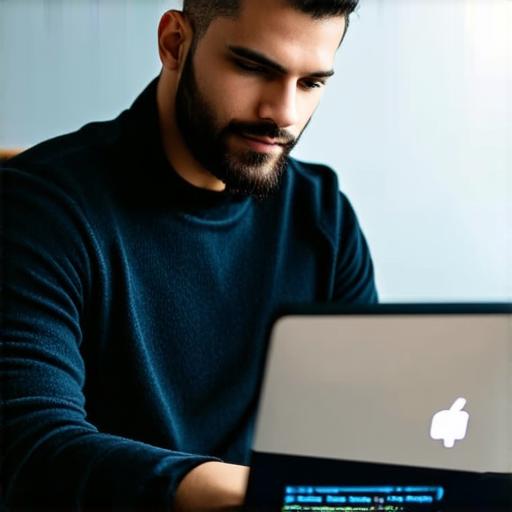If you are an Android Studio developer, you may be familiar with the concept of designing and developing Android apps. However, did you know that you can also utilize physical devices with Android Studio? In this article, we will explore how to use physical devices with Android Studio to enhance your app development experience.
Physical Devices in App Development: The Importance

Physical devices are an essential part of the app development process. They allow developers to test their apps on real-world devices, providing a more accurate representation of how users will interact with their apps. Using physical devices also helps to identify and fix issues that may not be apparent on an emulator.
Using Physical Devices in App Development: A Step-by-Step Guide
Now that we understand the importance of physical devices in app development, let’s explore how to use them with Android Studio.
1. Connect Your Device to Android Studio
The first step is to connect your device to Android Studio. This can be done by connecting it via USB or through Wi-Fi. To do this, go to the “Run” menu in Android Studio and select “Run ‘app name'” on your physical device.
2. Select Your Physical Device in Android Studio
Once you have connected your device to Android Studio, you need to select it in the “Select Device” window that appears. This will allow you to choose the specific device you want to use for testing.
3. Install the Debug Bridge (ADB)
The Debug Bridge is a tool that allows developers to communicate with their physical devices from Android Studio. It is essential to install the ADB on your computer before using physical devices in app development. To do this, go to the “Tools” menu in Android Studio and select “SDK Manager.” From here, you can download the SDK platform-tools, which include the ADB.
4. Debug Your App on Your Physical Device
Once you have connected your device and installed the ADB, you can begin debugging your app on the physical device. To do this, go back to the “Run” menu in Android Studio and select “Debug ‘app name'” on your physical device. This will launch the app on your device and open the debugger, allowing you to step through the code and fix any issues that arise.
Using Physical Devices in App Development: Best Practices
Now that we have covered the basics of using physical devices with Android Studio, let’s explore some best practices for utilizing them effectively.
1. Use Multiple Devices for Testing
As previously mentioned, it is important to test your app on multiple physical devices to ensure that it works seamlessly across all platforms. This includes testing on different screen sizes, resolutions, and orientations.
2. Perform Thorough Testing
Thorough testing is essential when using physical devices in app development. Developers should test their apps on as many devices as possible, looking for any bugs or issues that may arise. This includes both manual testing and automated testing, which can help to identify any issues that may not be apparent through manual testing alone.
3. Use Real-World Scenarios for Testing
Using real-world scenarios when testing your app on physical devices is crucial.
